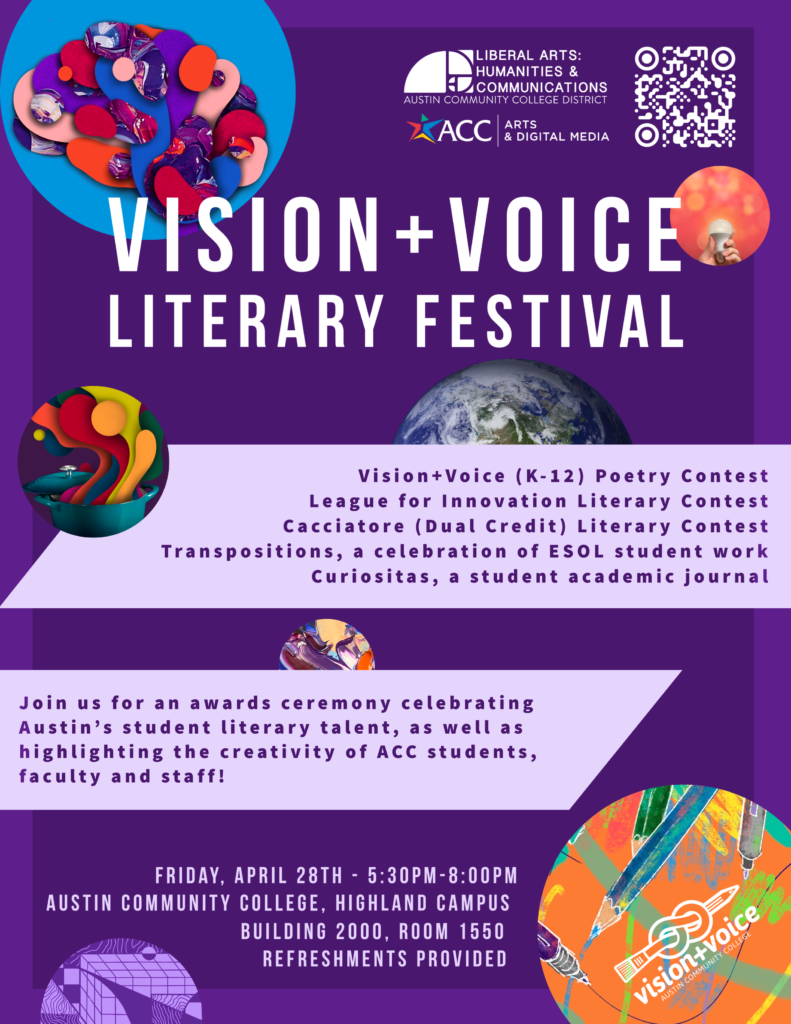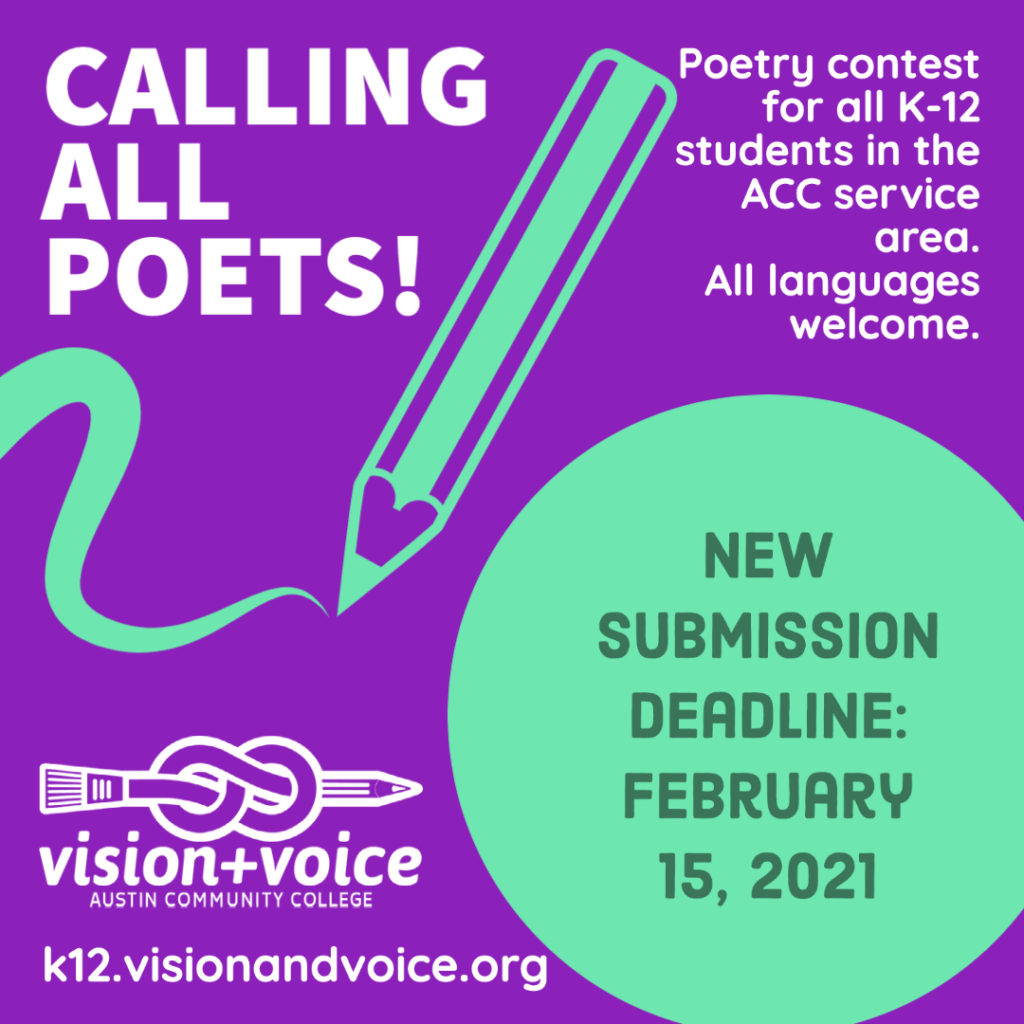ESSAY ON CHILDREN’S POETRY – from poetryfoundation.org
Poetry is an Egg with a Horse Inside
Don’t underestimate what your students can understand how they will face the mysteries of poetry.BY MATTHEA HARVEY
 Image courtesey of jackmac34 via Pixabay
Image courtesey of jackmac34 via Pixabay
Our concerns as adults and as children are not so different. We want to be surprised, transformed, challenged, delighted, understood. For me, since an early age, poetry has been a place for all these things. Poetry is a rangy, uncontainable genre—it is a place for silliness and sadness, delight and despair, invention and ideas (and also, apparently, alliteration). Giving children poems that address the whole range of the world, not just the watered-down, “child appropriate” issues, makes them feel less alone. Corny as it sounds, if children find poems that express things they have themselves thought and poems that push them beyond what they have themselves imagined, they’ll have a friend for life. This is the story of how I found that friend.
In the first poetry workshop I ever took (my junior year in college), my professor, Henri Cole, handed out a page of quotations about poetry from luminaries such as Yeats, Eliot, and Stevens. One of them read:
“Poetry is an egg with a horse inside.”
—Third grader
I have no idea who or what that third grader grew up to be (I’m guessing a poet, miniature-pony breeder, astronaut, or molecular gastronomist), but I still remember the thrill I felt seeing that quote included. I don’t remember the quotes by those beloved poetry stars, but decades later, I include that third grader’s quote in my handouts, and it seems to surprise and delight my students as much as it did and does me. Lucie Brock-Broido knows the quote too (maybe they were in a class together?), and once when I was in her office after visiting her class, she showed me her scrumptious collection of eggs with little horses inside.
This spurred me to do a photo-illustration of my own because for the last six years, I’ve been taking photographs to title or illustrate my poems. I sorted through my collection of small horses (yes, I have such a collection; in fact I have drawers and drawers of miniature things) and finally found one horse that almost perfectly matched the brown eggs I had in the fridge. I cracked one open with a spoon, let all the egg white and yolk run out, and carefully inserted the horse, tail first. Voilà! He looked as though he was just making his way out—tottering on his spindly front legs, wondering if he would ever get the back two out and what on earth might be ahead of him. On a day when I’m truly open to the world (the pigeons pecking their shadows on the roof next door, the snow on the still-green trees), that’s what life feels like to me—a bit terrifying but pretty beautiful. When I’m on a plane and I hear the man three rows back saying, “I am a salmon geneticist,” I want to add “who was recently kissed in the mist” to make his statement even more Dr. Seuss-ish. When I hear tennis player Rafael Nadal say in an interview, “Hopefully the book will like to the people,” I immediately imagine, if this weren’t an accident of his somewhat limited English, what it would be like if authors truly felt this way and went peering into living rooms to see if their books looked contented. There are days when image and language and story positively buzz in the air.
Children feel this—they’re learning language, and they want to play with it. It’s why when my friends tell their children I’m a poet, the kids inevitably want to play rhyming games with me. And I am happy to play! Confession: I was a child rhymer. I drove my two older sisters crazy by rhyming all the time, and I mean all the time. Partly it was to annoy them (I was the youngest sister, after all), but mostly I just loved rhyme. I still do. My father liked to make up songs. One favorite was created during a trip to Denmark where we stayed in a cabin infested with earwigs. One of the verses was “Eine Earwig, der ist Klein, schläft immer am Matthea’s Bein” (which, translated, means, “One earwig is little and likes to sleep on Matthea’s leg,” though the rhyme doesn’t come through in English).
Yukiko Kido’s wonderful book Snake Cake introduces kids to families of rhyme. (There are others in this series—notably Pig Wig, Wet Pet, and Quack Shack, written by Harriet Ziefert and illustrated by Kido.) In Snake Cake, it’s the -ake, -oat, and -ant word families, so the child learns the word snake, then bake, then mixes them together, coming up with such delightful combinations as “snake bake,” which is accompanied by a picture of a snake baking in the sunshine, for example. I gave Snake Cake to my friend Frances’s little son, Sebastian, really because he loved snakes, not because of the rhyme, but it was amazing how quickly he took to it. In the middle of lunch, he looked up at me with great delight and exclaimed, “Matthea quesadilla!” I’m not sure I’ve ever felt quite so proud (and understood). Children’s interest in rhyme is innate, and I think it should be celebrated—I’ve seen children wilt a little after being told that “real” poems don’t rhyme.
The first poem I remember giving me a sense of what poetry could possibly do was “Bed in Summer,” by Robert Louis Stevenson, from A Child’s Garden of Verses. Its rhyming was part of the appeal.
In winter I get up at night
And dress by yellow candle-light.
In summer, quite the other way,
I have to go to bed by day.
I have to go to bed and see
The birds still hopping on the tree,
Or hear the grown-up people’s feet
Still going past me in the street.
And does it not seem hard to you,
When all the sky is clear and blue,
And I should like so much to play,
To have to go to bed by day.
Like children throughout time, I’d had this exact experience (minus the candlelight) and been mystified by it. Here was a poem that articulated those summer hours after 8:00 p.m., when it was clearly too light to go to sleep, and the winter mornings with the shrill alarm clock waking me when clearly I was supposed to be asleep. I deeply admired the way my bewilderment was put in a neat rhyming parcel, with Stevenson saying it much more succinctly than I ever could.
My older sister was a fan of Ogden Nash, Edward Lear, and Edward Gorey (whose macabre humor tickled my particular black velvet heart as well), so soon I was reveling in the wordplay of their poems for children. This one by Ogden Nash was and is a particular favorite.
The Shrimp
A shrimp who sought his lady shrimp
Could catch no glimpse,
Not even a glimp.
At times, translucence
Is rather a nuisance.
Is there anything more delightful than the idea that a partial glimpse would be a “glimp”?
As an adult, I discovered the marvelous children’s book Scranimals, illustrated by Peter Sis and written by Jack Prelutsky, whom the Poetry Foundation chose as the first children’s poet laureate in 2006. Scranimals is about hybrid animals (usually combined with flowers or food) such as the pandaffodil and the antelopetunia. Ask your young students to create hybrids of their own and watch them go to town writing poems about bearhubarb and puddingfish.
Fourth grade, though, may have been where I really caught the poetry bug. My teacher, Mr. Zuege, a man famous for spitting on the first row when he got excited, introduced us to May Swenson’s unforgettable “Southbound on the Freeway.”
A tourist came in from Orbitville,
parked in the air, and said:
The creatures of this star
are made of metal and glass.
Through the transparent parts
you can see their guts.
Their feet are round and roll
on diagrams or long
measuring tapes, dark
with white lines.
They have four eyes.
The two in the back are red.
Sometimes you can see a five-eyed
one, with a red eye turning
on the top of his head.
He must be special—
the others respect him
and go slow
when he passes, winding
among them from behind.
They all hiss as they glide,
like inches, down the marked
tapes. Those soft shapes,
shadowy inside
the hard bodies—are they
their guts or their brains?
I’ve never forgotten being given this alien view of a freeway, pondering how the creatures would look at the cars and think that they were the only inhabitants of the planet. And what did it mean about what the aliens looked like if they mistook people for their cars? Have your students imagine aliens landing in another place—a sports arena, a McDonald’s, a poetry reading, a birthday party. What might the aliens conclude about the world from that particular locale—that humans worship boxes tied up with ribbon, for example? What form do the aliens take, and how does that affect their perception? For that matter, how does physical appearance affect the way humans see the world?
Our concerns as adults and as children are not so different. We want to be surprised, transformed, delighted, understood.
But no one said it was a happy horse emerging from that egg. There is another, sadder poem that I carry around in my wallet. It was given to me by a poet who teaches poetry to children.
Sadness Is
Sadness is a sky blue
mountain
in the house.
—Jillian Bell (age eight)
I’m not sure I’ve ever read a poem that so precisely conveys the hugeness and strangeness of the way sadness can take over—the way that when you’re sad, sometimes you don’t fit into your surroundings; the sun is shining and you’re blue. Or your sadness transforms the world—the wet dog looks sad, not funny or sweet, and the garbage even sadder. Poetry helps both adults and children traverse complex emotional terrain. It can present a beautiful picture of bewilderment (a subject about which Fanny Howe has a wonderful essay), or it can make something legible that was blurred before. It helps people see into one another’s heads, helps them understand one another. How can that not be incredibly important? I think we should expose children not only to the silly, funny, and imaginative poems but also to angry, sad, and difficult poems, as well as poems that may make them snicker, as in this eighteenth-century Japanese haiku by Kobayashi Issa: “The straight hole / I make by pissing / in the snow by my door”.
In your classrooms (however defined), pick poems that will speak to kids’ lives—give them a poem about characters or situations they know already (Little Red Riding Hood, Derek Jeter, the Wonder Pets), but also give them poems that can crack open their understanding of the world, such as this mind-blowing haiku from Bashō—“year after year, on the monkey’s face, a monkey’s face”—or this one from Richard Wright: “With indignation / A little girl spanks her doll— / The sound of spring rain.” Give them poems that invent other worlds. One exercise I’ve done with both adults and children is to give them an entry from A Dictionary of Imaginary Places, by Alberto Manguel and Gianni Guadalupi, and then ask them to write a poem from the perspective of an inhabitant of that world.
Don’t underestimate what your students can understand or how comfortable they may be with not understanding. Make a small anthology of contemporary poems for them, and let them pick one they would like to memorize. Give them “Dream Song 28: Snow Line,” by John Berryman, and talk about how he makes the voice sheep-like, how it alternates between “I” and “we” because of the way sheep often move in a group, how the sheep says of the sheepdog, “The barker nips me but somehow I feel / he too is on my side.” Ask them to choose an animal and think about how it might sound if it could speak English. Might the cat sound snooty? Would an excitable dog use lots of exclamation marks? Would the hedgehog use mostly consonants because of his prickly exterior?
Show children poetry that works with other genres, such as poetry comics. There are many examples of “The Poem as Comic Strip” on the Poetry Foundation website; there’s Poetry Comics: An Animated Anthology, by Dave Morice; Kenneth Koch’s The Art of the Possible: Comics Mainly Without Pictures; and Rebecca Kraatz’s House of Sugar, which she doesn’t classify as poetry but which couldn’t be more poetic. Have kids make comics out of poems they love. Have them illustrate one another’s poems, or bring in adult artists who will take the children’s work seriously and make it into something new. (One example I love of this kind of collaboration is a piece that writer and comics artist Paul Tunis did with student Kameron Quinlan). Have children make collages, then switch with a classmate and write a poem about the other child’s image. Make them into little poetry guerillas—have them write poems on a foggy window and then take photographs as the poems fade away or print their poems on colored paper and hide them in interesting places where people will find them (in a deposit envelope at a bank, tucked into a takeout menu). Ask them to imagine the craziest ways they could get poetry out into the world—a haiku about headaches etched into a Tylenol, a security system that uses Emily Dickinson lines as laser tripwires, notes of perfume translated into letters of the alphabet so that when someone asks you what scent you’re wearing, the answer is a poem.
I’ve worked with Community-Word Project (CWP) in New York City, an organization that brings poetry into underserved schools. CWP has children write group poems, starting with “My world is … ” or “My heart … ,” which ended up with this memorable line: “My heart reads red science books.” Creating a poem that encompasses all their voices, which they can read aloud as a group, can give them a simultaneous sense of individuality and community. Or have them collaborate, as in Joshua Beckman and Matthew Rohrer’s book Nice Hat. Thanks., having two students alternate saying words (with a third transcribing) until they’ve written a poem as a pair. Another thing I love about CWP’s teaching strategy is that classes end with “Viva la palabra! Somos poetas!” or “Long live the word! We are poets!” I know so many adult poets who are shy of the word—what would happen if everyone had this experience of being self-identified as a poet early on?
Both “Sadness Is” and “Poetry Is an Egg With a Horse Inside” are definitions of poetry. And maybe that’s the way into all of this: teach children early about the transformative swing door of simile, the rabbit hole of metaphor, and how poetry can be or do anything they want it to. Let them feel that poetry is full of exuberant possibility by playing a game of “Poetry Is”: Poetry is a burning cabin watched by foxes. Poetry is a mushroom with bicycle tire patches. (This one was inspired by Nina Katchadourian’s Renovated Mushroom artwork, in which she did exactly that.)
Poetry is a peacock in a pea coat. Poetry is a UFO made of marshmallows. Poetry is a bowlful of dead bees (a tip of the hat to Robert Hass’s “A Story About the Body”). As Stephanie Strickland writes, “Poems are words that take you through three kinds of doors: closed doors, secret doors, and doors you don’t know are there.” And Charles Simic: “Poetry: three mismatched shoes at the entrance of a dark alley.” If poetry is all these things, what can’t it do?This essay was originally published in Open the Door: How to Excite Young People about Poetry (2013), a co-publication of the Poetry Foundation and McSweeney’s Publishing, edited by Dorothea Lasky, Dominic Luxford, and Jesse Nathan.Originally Published: November 24th, 2015
Matthea Harvey was born in Germany, spent her childhood in England, and moved to Milwaukee with her family when she was eight years old. She attended Harvard as an undergraduate and the MFA program in creative writing at the University of Iowa. Her collections of poems include Pity the Bathtub…Read Full Biography




 Image courtesey of jackmac34 via Pixabay
Image courtesey of jackmac34 via Pixabay